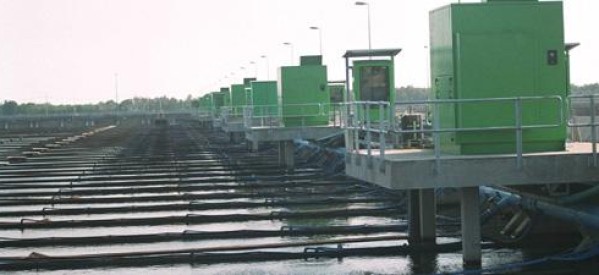Thailand Wastewater Treatment Considerations

Along with the understandable focus of the government and the public on flood control and drought relief measures, it’s important not to neglect another water-related issue that urgently needs addressing, that of the treatment of wastewater.
In July of last year Pollution Control Department director-general Wichien Jungrungruang said that nearly half of the country’s wastewater-treatment facilities had serious operational problems and at present only about 20% of wastewater generated in Thailand is being treated.
Mr Wichien said that nationwide 83 billion baht has been spent on 101 treatment plants, 91 of which were completed. He added, however, that some plants had system malfunctions, some discharging poorly treated water, while others were not comprehensive enough.
Back in July of last year Mr Wichien said “At this point, we have just 43 good wastewater treatment facilities in place”.
Wastewater management in Thailand was dealt a severe blow by the fiasco that was the corruption-ridden Klong Dan treatment facility in Samut Prakan, beginning with land purchased for the facility that was acquired under suspicious circumstances at double its official price. When the project was finally scrapped after nine years in 2003, most of the 23 billion baht earmarked for it had already been spent. Lack of planning also helped kill the project. For example, there was never a proper environmental impact assessment and the plant was not equipped to properly treat heavy metals and hazardous waste, which would be discharged into the sea and threaten fisheries.
The Klong Dan plant would have provided wastewater treatment for 1.2 million residents and about 4,000 factories, many of which are presumably now discharging untreated or inadequately treated water. Wastewater Management Authority director Pairoj Sattayasankul has said that reviving the project would require a budget of about 4.6 billion baht. Meanwhile, the Office of Natural Resources and Environmental Policy and Planning is engaged in the construction of eight new wastewater treatment facilities with a budget of 770 million baht.
Hopefully the lessons of Klong Dan have been learned and will be applied in these projects.
However, according to the Asia Institute of Technology (AIT), in many cases there are better alternatives to large wastewater treatment plants, and to its credit the Pollution Control Department has begun working with AIT on plans to decentralise wastewater management in Thailand.
An AIT study completed in March 2011 says that treatment technologies requiring a small area and much lower operating costs have great potential for application in urban areas, and recommends the use of the down-flow hanging sponge reactor (DHS) system. DHS is an innovative filtration system that could be used to clean municipal wastewater as well as Bangkok’s canals.
An attractive option for rural or suburban areas is the use of constructed wetlands to treat wastewater after primary treatment by other means. This has obvious environmental benefits such as providing wetland homes for aquatic life and birds.
At the second Asia-Pacific Water Summit which concluded on Tuesday in Chiang Mai, the treatment of wastewater was viewed as part of a holistic approach to achieving “water security”, along with flood and drought control. Panellists in a technical session devoted to wastewater treatment were told that governments should change their thinking about wastewater and start looking it as a reusable resource.
Panelist Krishna Rao from the International Water Management’s Resource, Recovery and Reuse team said that the team has designed several business models that make cost recovery viable and reduce the investment required by governments and donors for wastewater treatment. This includes utilisation of nutrients for compost and fertiliser and biogas for energy generation.
At present the government offers subsidies for energy derived from livestock waste, and more should be done to promote the practice. While the amount of energy generated might be relatively insignificant, it can make a real contribution towards eliminating pollution before it reaches our waterways.






